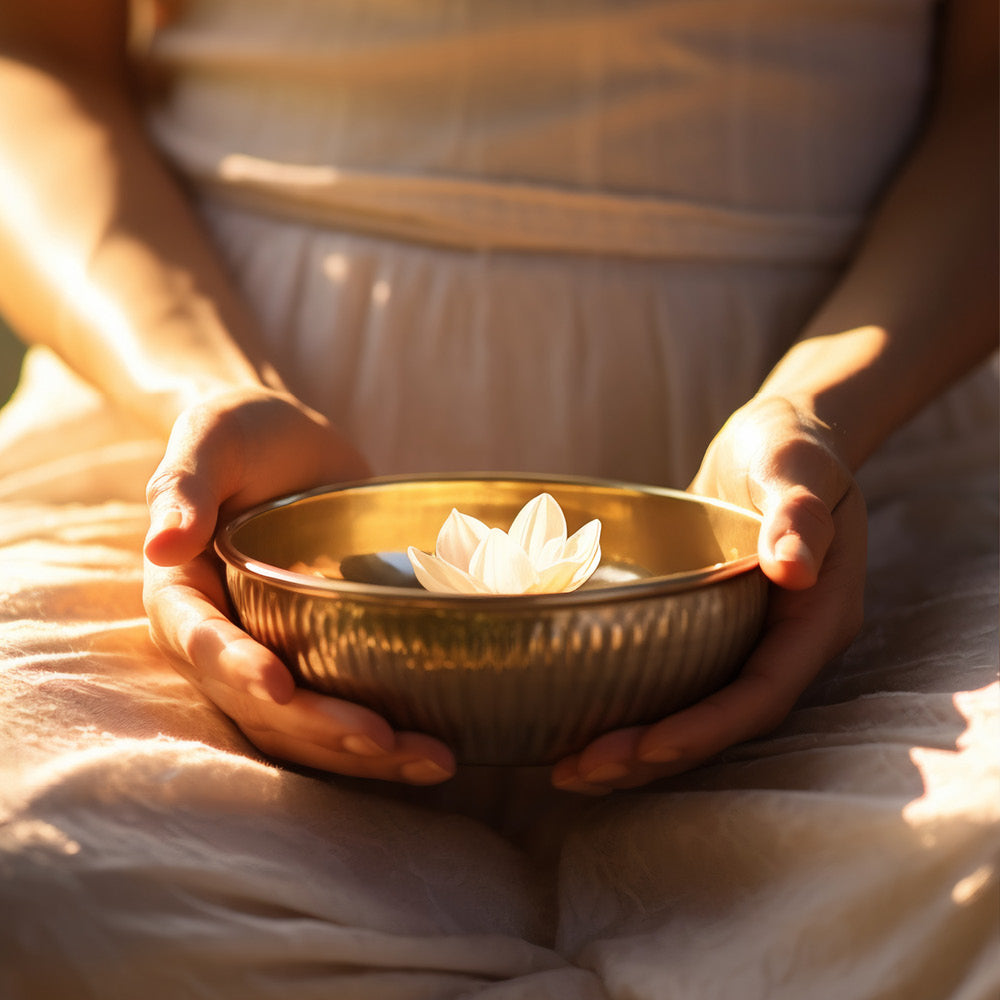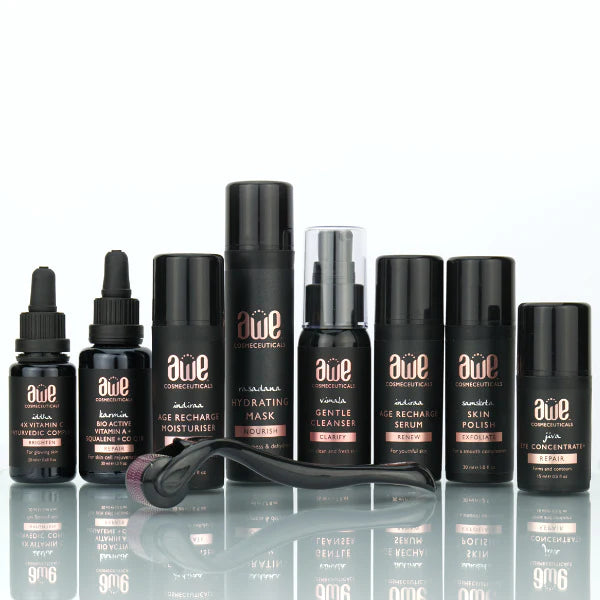

How many products do you use on your skin each day? And do you know what’s really in them?
Think about it…
Cleanser, toner, serum, moisturiser, concealer, foundation, make-up…the list goes on. And that’s before we even head out the door! Not to mention shampoo, conditioner, body wash, hand wash and antibacterial hand gels throughout the day.
Let’s say each product has 15 ingredients – that’s well over 200 potentially harmful chemicals that we are exposing ourselves to on a daily basis. Many have been linked to skin conditions and even in some case terminal diseases including cancer.
Put bluntly, the skin is our largest organ and anything applied to it is readily absorbed into our bloodstream. Many of us like to apply cleansers & moisturisers daily, therefore our exposure to these potentially harmful chemicals is a ‘normal’ daily occurrence. If we can minimise our exposure by using effective alternatives that still feel luxurious to use, then we benefit…naturally.
Do you read the labels and know what’s in many mainstream products?
Let’s take you through a few of the very common and unnecessary chemical ingredients that you may just find if you take a look and the safer, natural alternatives that we use at AWE Cosmeceuticals.
SULFATES
Why are they used and what do they do?
Sulfates such as Sodium Lauryl Sulphate (SLS) or Sodium Laureth Sulphate (SLES) are cheap, lathering ingredients (surfactants) known to have high irritation levels. These chemical cleansers are non-bio degradable and leak into our waterways.
What can be used instead?
Instead, AWE Cosmeceuticals uses safer and very low irritant sulphate-free surfactant alternatives derived from coconut, glucose and fermented sugar to naturally cleanse the skin of surface oil, dirt & bacteria without stripping the skin’s natural oils. We use some ingredients such as Sodium Cocoamphoacetate and Lauryl Glucoside and Sodium Cocoyl Glutamate which are shown to be safe.
PARABENS
** Under many names on labelling such as methylparaben, butylparaben, isopropylparaben, ethyl paraben and list is almost endless.
Why are they used and what do they do?
Parabens are a widely used preservative in personal care items, but studies have shown inconclusive links to increased risk of cancer and in particular breast cancer, as they mimic estrogen in the body. Many variants and ‘chains’ of this preservative can be confusing for us to recognise so they have a tendency to go under the radar.
Interestingly, parabens are now banned for products sold in Denmark and under very strict regulations throughout the EU so the word is finally getting out as to the danger surrounding them.
What can be used instead?
The good news is that, there are a myriad of alternative and much safer preservatives available to skincare manufacturers, with many of these found in nature. Ingredients such as P-anisic (basil) and Glyceryl Capylate (coconut) are deemed very safe and effective. AWE Cosmeceuticals use these options, together with self-preserving, airless packaging to protect the natural goodness of our formulations from sunlight and aeration, keeping actives in optimal concentration for the best performance on your skin.
FORMALDEHYDE RELEASING AGENTS
** Under many names on labelling such as Imidazolidinyl urea, Methylchloroisothiazolinone or Methyllisothiazolinone
Why are they used and what do they do?
Formaldehyde and formaldehyde-releasing preservatives are used broadly in personal care products. Used to help prevent bacteria from growing in water-based products, these nasties, can be absorbed through the skin and have been linked to allergic skin reactions and conditions. Formaldehyde Releasing Agents are restricted for products sold in Canada and many EU countries.
What can be used instead?
Naturally-based preservatives, covered off above under Parabens.
ARTIFICAL FRAGRANCES
Why are they used and what do they do?
Artificial/synthetic fragrances are notoriously cheap and artificially sweet smelling oils laced with parabens, formaldehyde & phthalates (dispersant), amongst other nasties to extend the life of the created fragrance.
What can be used instead?
Easy, nature’s own fragrances sourced as essential oils, absolutes (concentrated) and hydrosols (extracted into water), infusions and extracts .
ARTIFICIAL COLOURS
Why are they used and what do they do?
Why colour a product to make it look artificial and cheap? These, in our opinion, are simply not necessary in skincare.
What can be used instead?
We, at AWE Cosmeceuticals, stay true in form to the ingredients used. We blend essentials oils in our formulations to offer light fragrance and a luxurious experience when using our medical-grade skincare. It’s important to note with essential oils etc, that the colour can vary from each harvest (due to environmental factors) and this can affect the natural colour of our products from batch to batch.
You will not find any of these nasties in AWE Cosmeceuticals products, as we use a completely natural preservative system and all products are free from:
- Sulfates such as SLS + SLES (Sodium Lauryl/Laureth Sulfate)
- Parabens
- Formaldehyde Releasing Agents
- Propylene Glycol
- PEGs
- Mineral Oils
- Artificial Fragrances or Colours
AWE Cosmeceuticals also offers biodegradable formulations, NO animal testing and both minimal and recyclable packaging.






